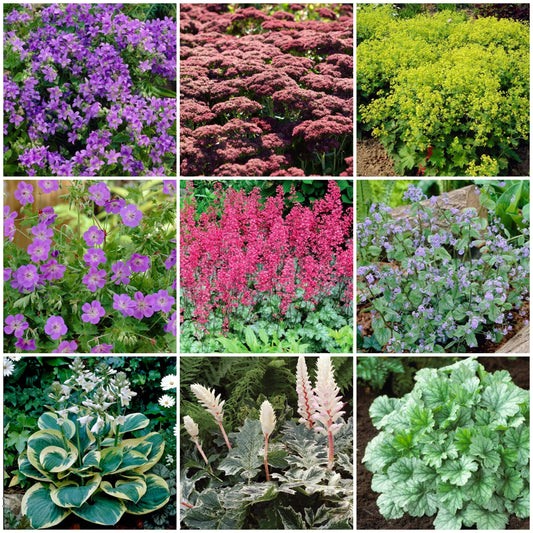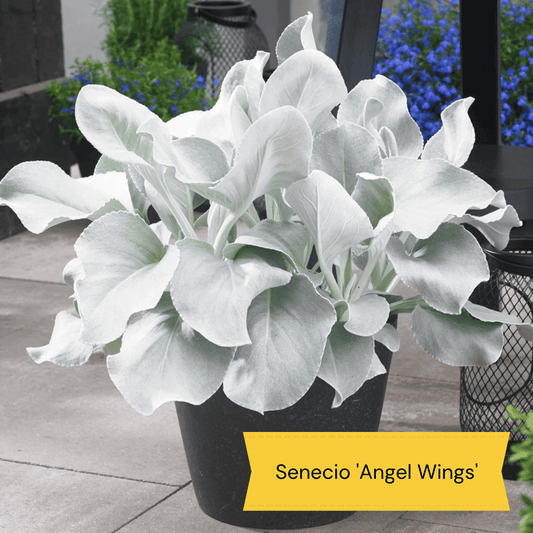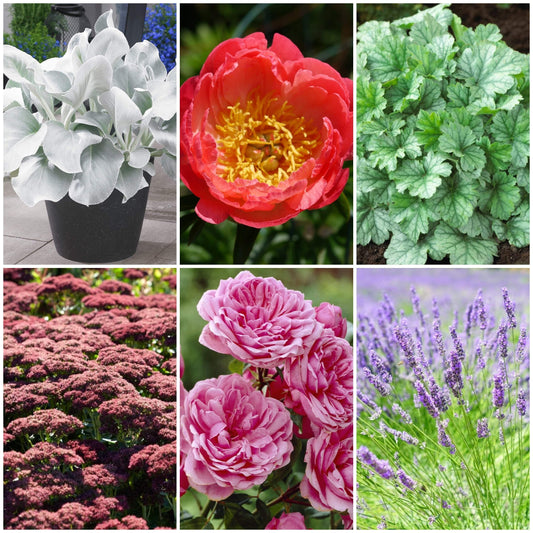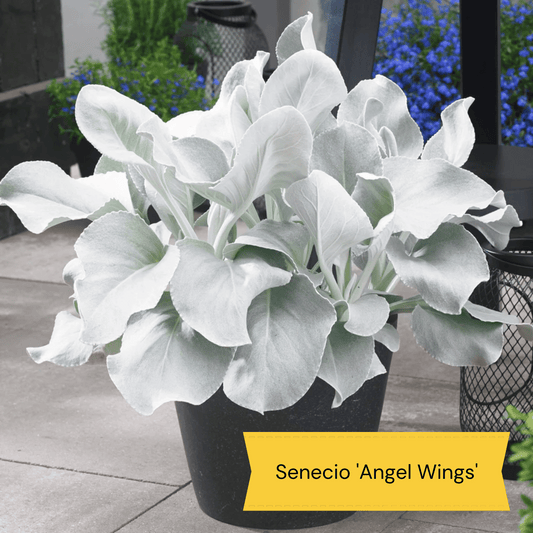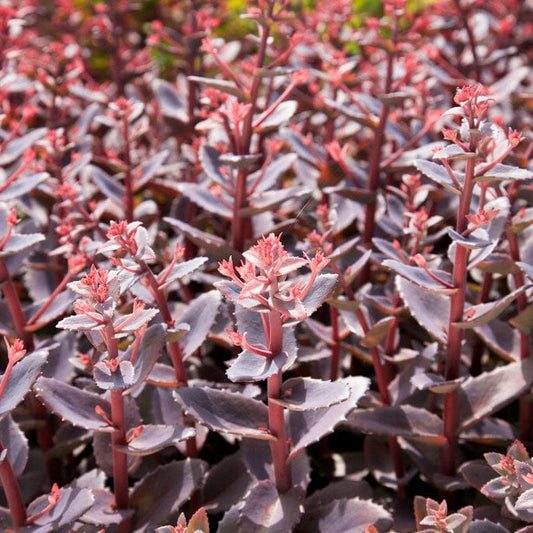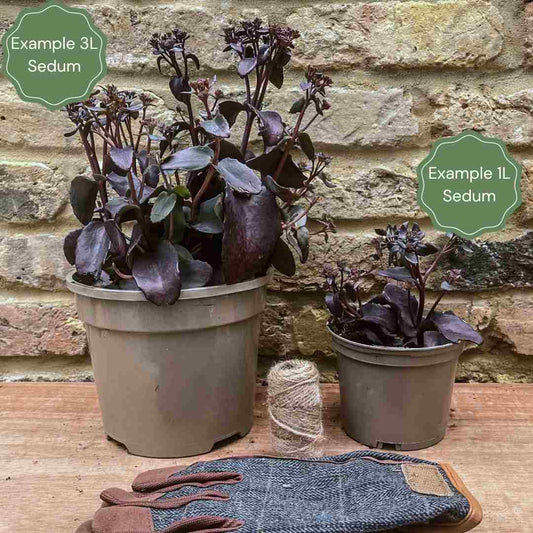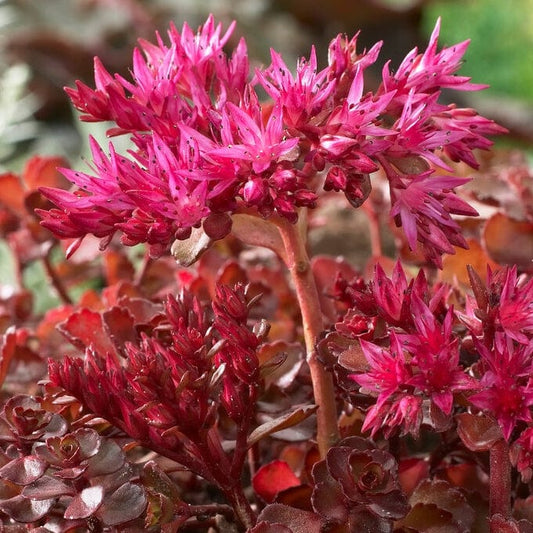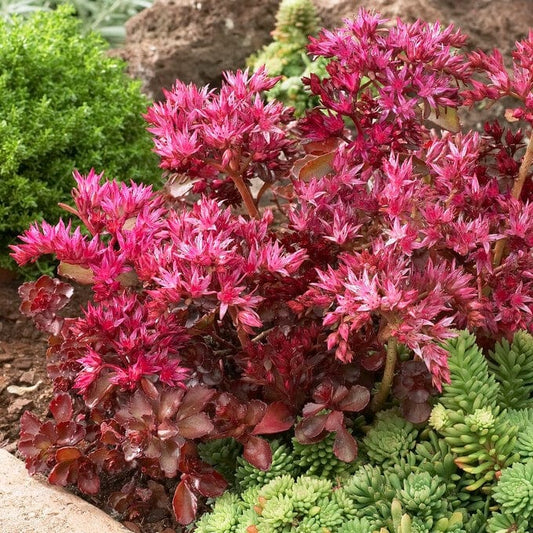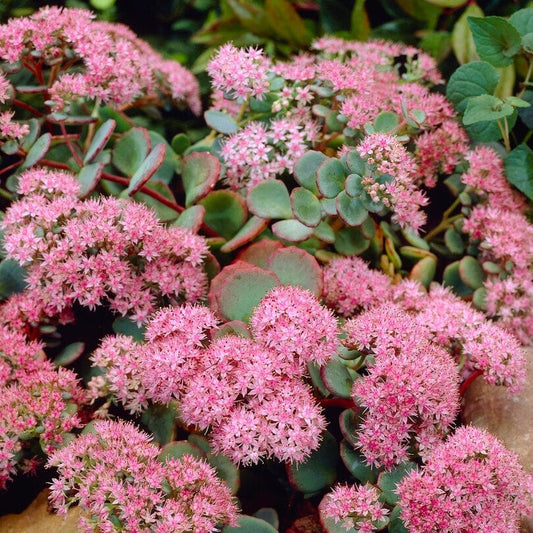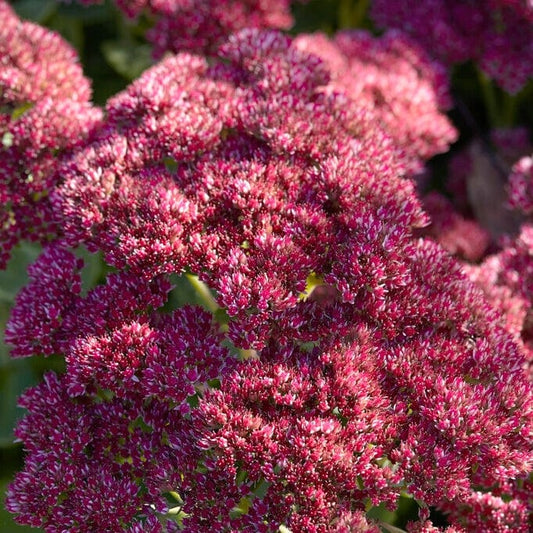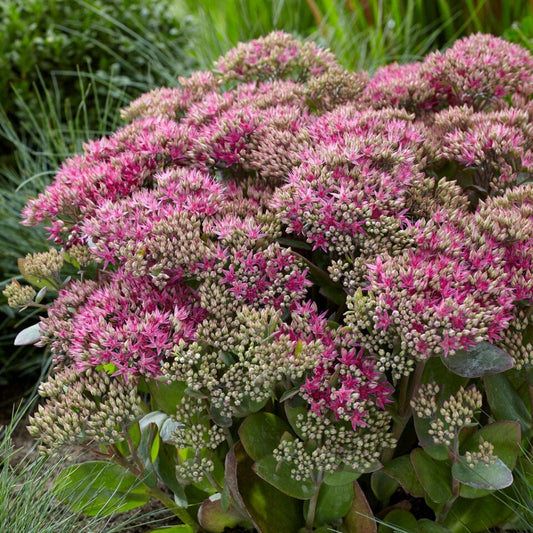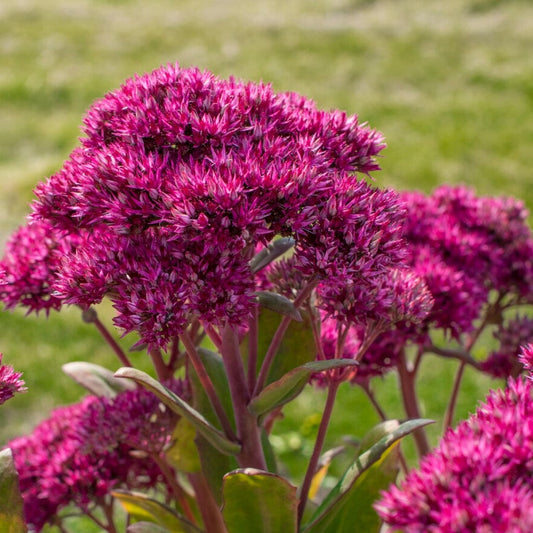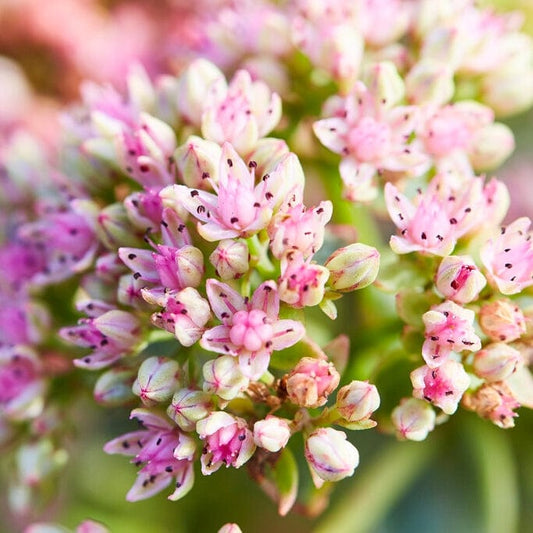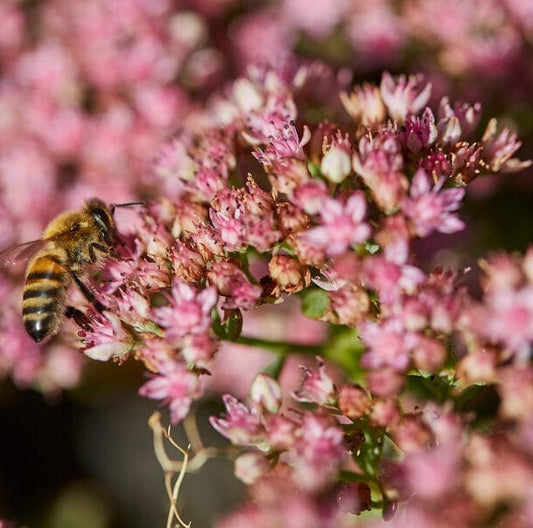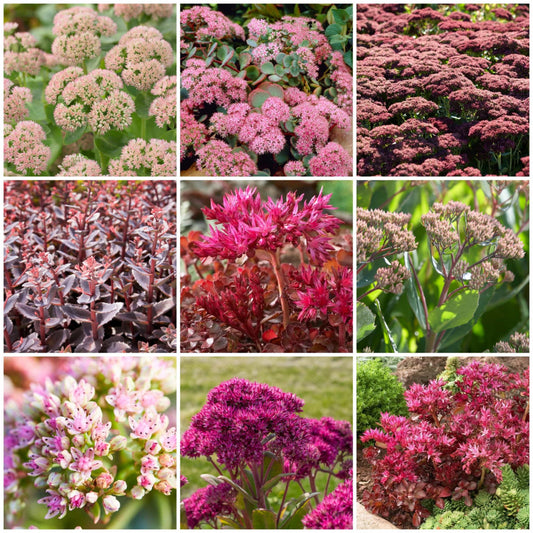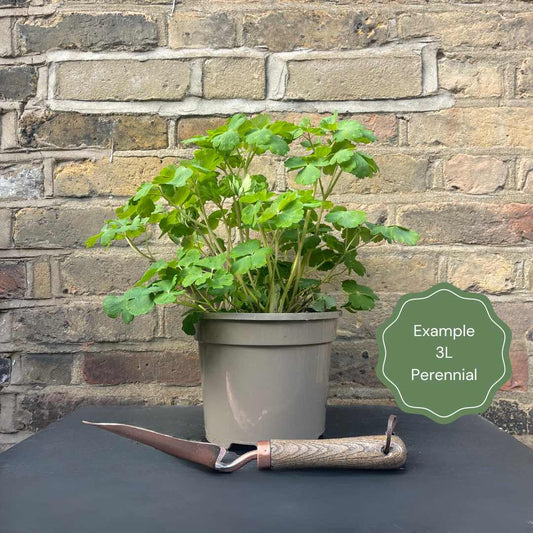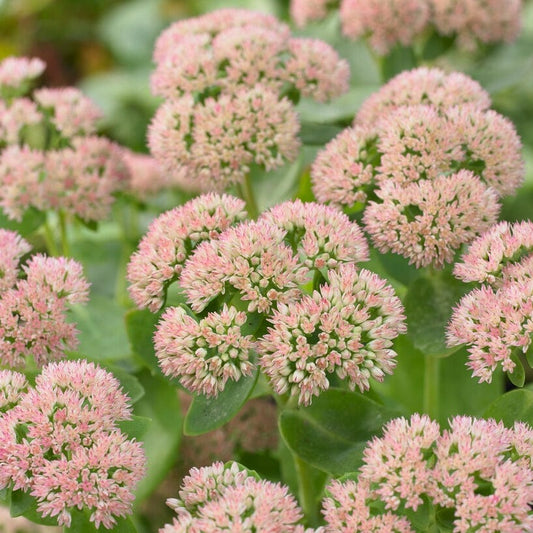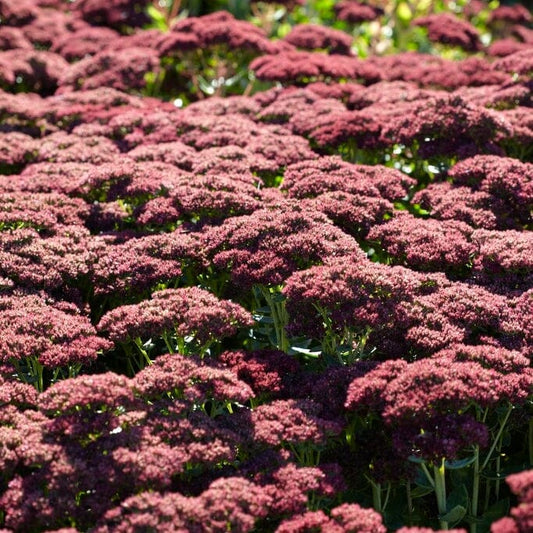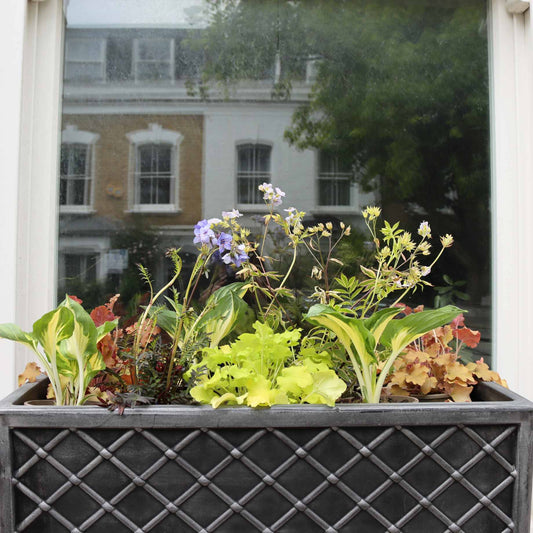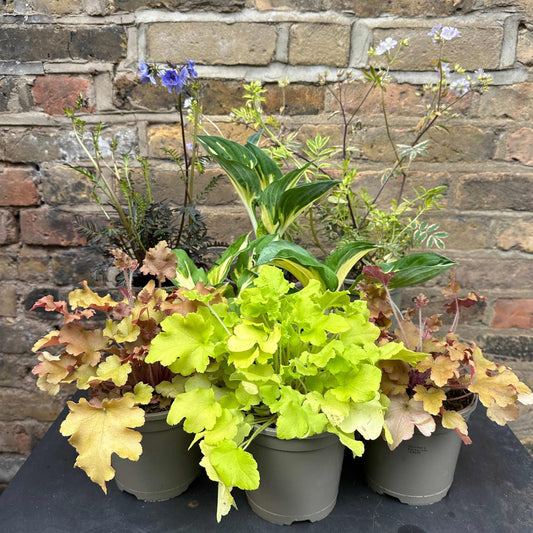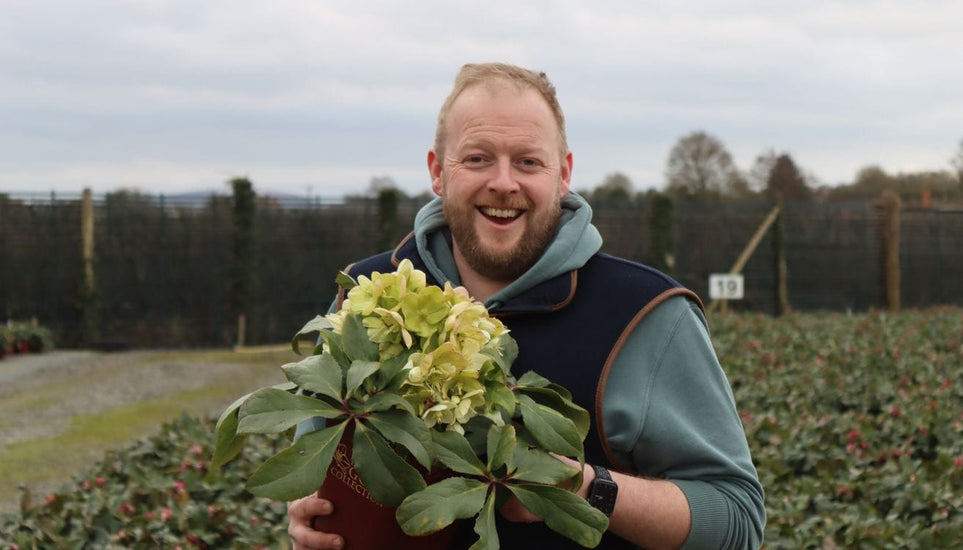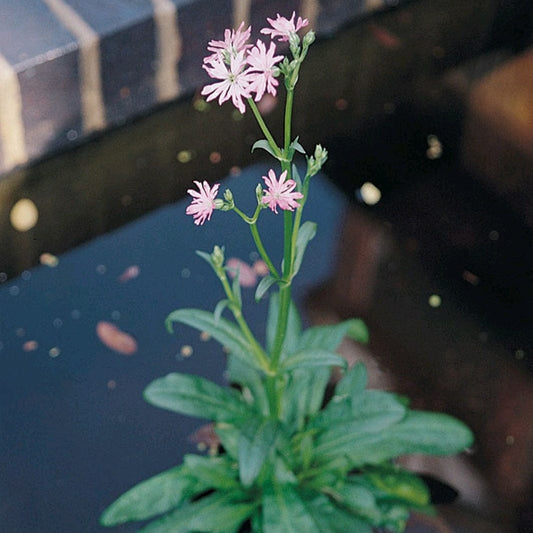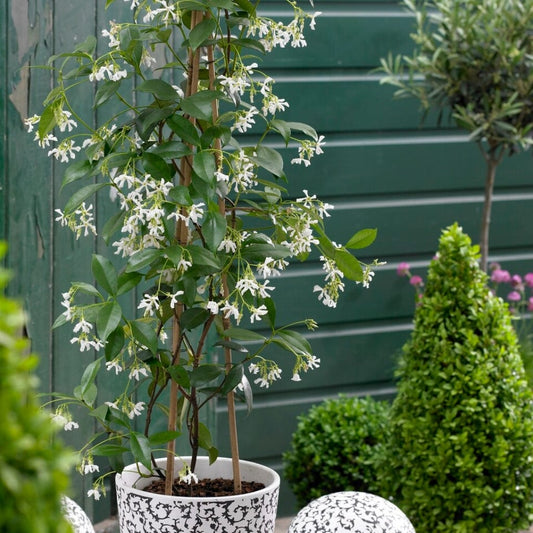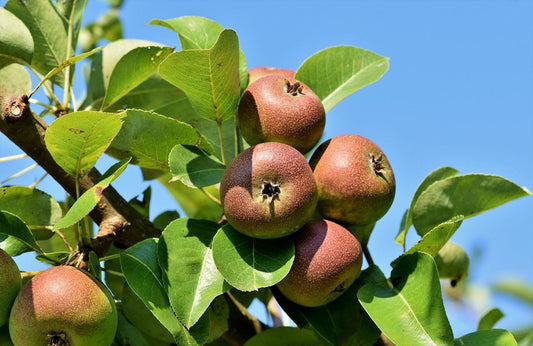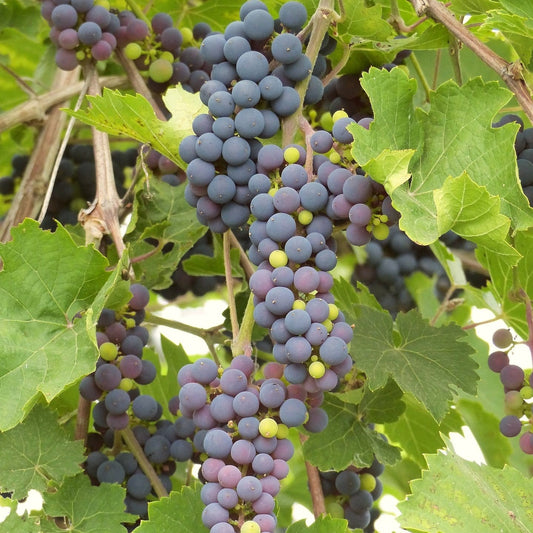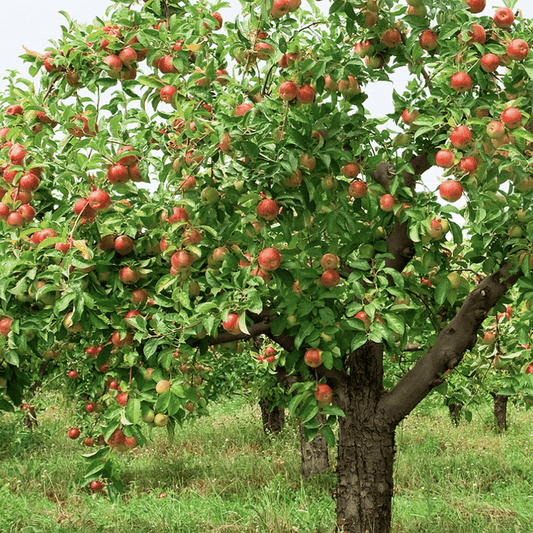Hereford
Meet Jack
Perennials born in Herefordshire, blooming in your garden
Our perennials start life in the rolling Herefordshire hills, where Jack and his team trial over 250 new varieties each year to bring you the best performing and most sustainable plants in the UK. With over forty years of excellence, it’s no surprise that they’ve won the HTA Plant Grower of the Year award two years running.
Need help picking?
Sedum FAQs
What are sedums?
Sedum plants are succulents from the Crassulaceae family. They are known for their fleshy leaves and star-shaped flowers, and they come in a variety of shapes, sizes, and colours. Different varieties of sedum can be grown indoors or outdoors.
What are the best growing conditions for sedum plants in the UK?
Sedums thrive in well draining soil and full sun. They can tolerate poor soil conditions and drought once established, but young plants will need regular watering and a warm, sheltered spot.
When is the best time to plant sedum in the UK?
The best time to plant sedum is in the spring or early summer when the soil has warmed up. This allows the plants a good long growing season to establish themselves before winter.
How often should sedum plants be watered?
Sedum plants are drought-tolerant and once established, won’t need frequent watering. Be careful not to overwater them, as this could lead to root rot.
Do sedum plants need fertiliser?
You don’t need to fertilise your sedums - a scoop of slow release feed in the spring may benefit young plants, but it’s not necessary.
How do I propagate sedum plants?
Sedum plants are easy to propagate through stem or leaf cuttings. Just cut a healthy stem or leaf from the plant, allow it to callus over for a few days, then pot it up with a sprinkle of rootgrow, put it in a warm position and keep the soil moist until new roots develop.
How do I care for sedum plants in the winter?
Sedum plants are hardy and can put up with some pretty cold temperatures, but their foliage may die back in the winter. To protect them, you can cover the plants with a layer of mulch or horticultural fleece during particularly harsh winters.
Can sedum plants be grown indoors?
Sedum plants are often grown indoors and can be very successful as long as they get plenty of sunlight. Choose a sunny windowsill or use grow lights, plant them in succulent compost and water them sparingly once a week during dry periods, allowing the soil to dry out between waterings.
Fighting plastic waste
Delivering fresh from the nursery
Supporting UK growers

